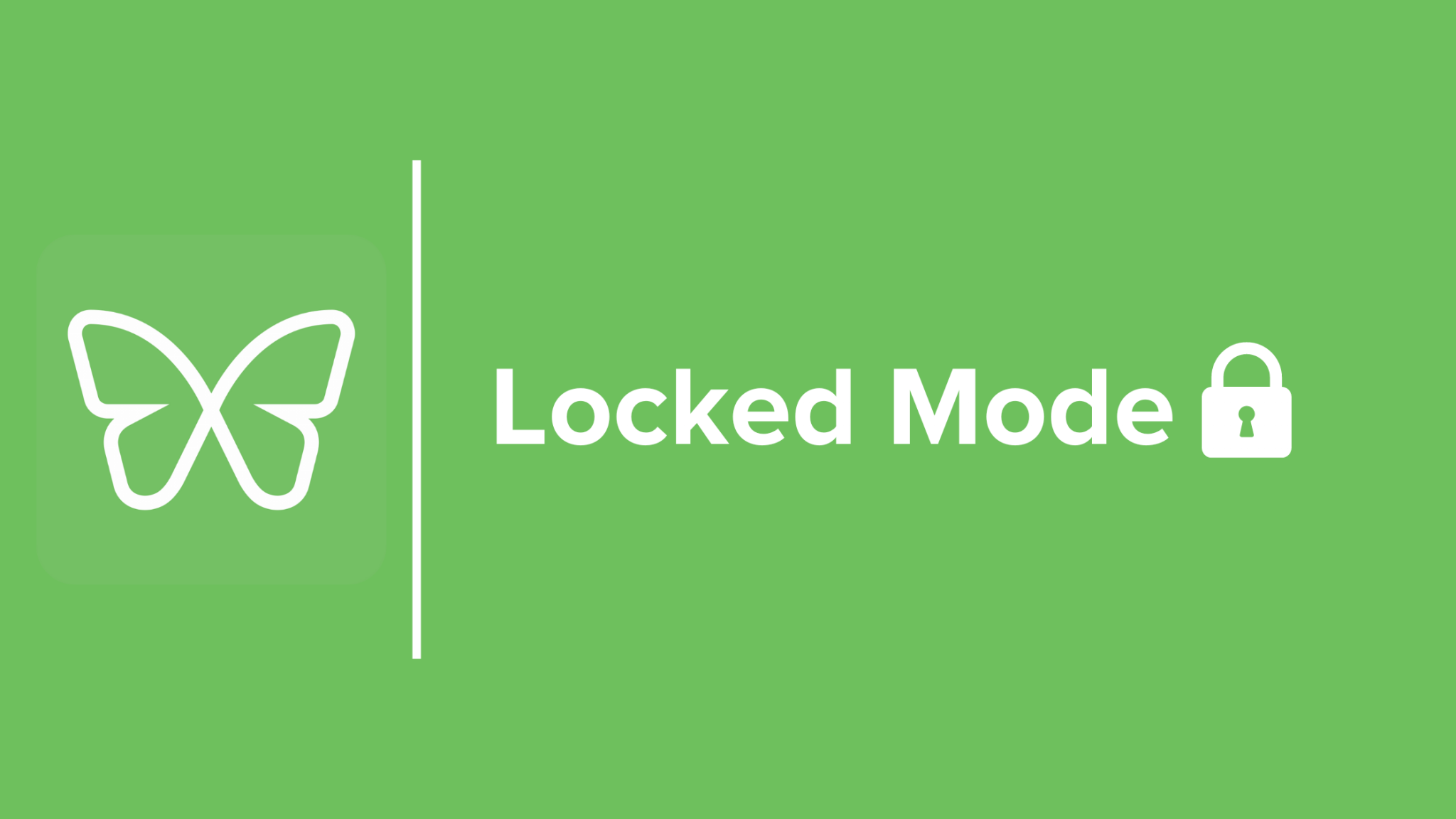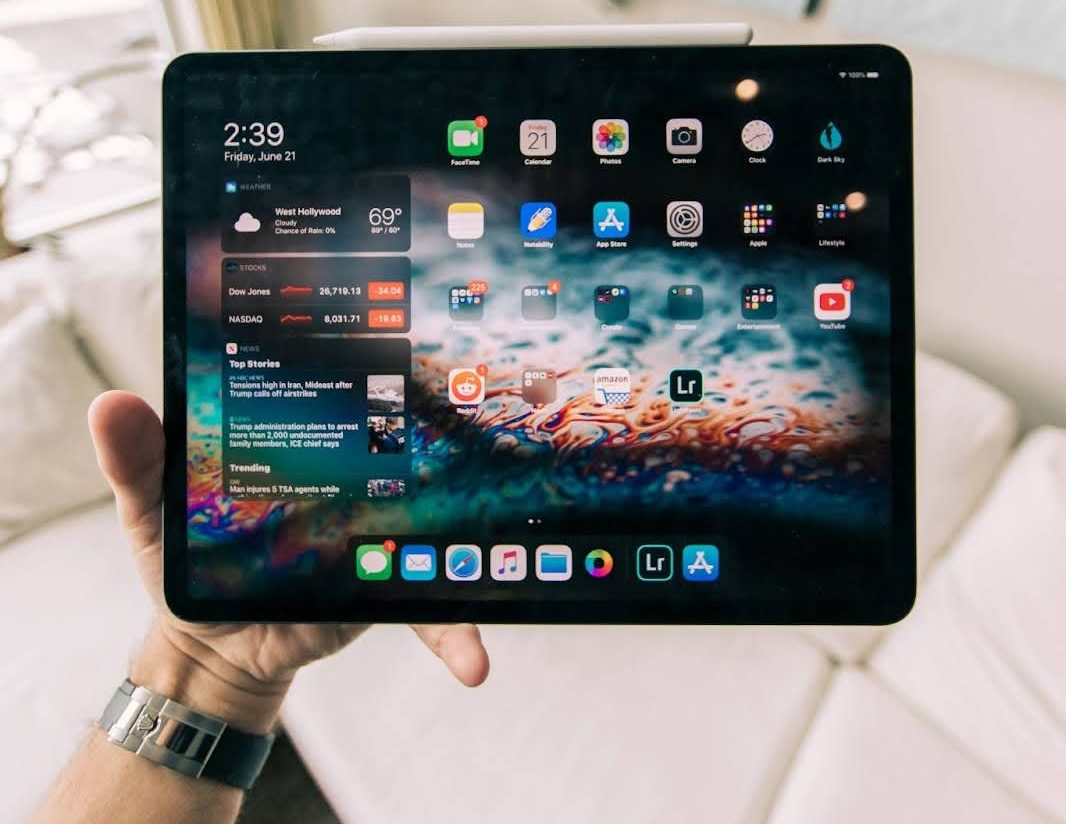Erica Dhawan: Digital Body Language is the Key to Building a Better Normal

Effective digital communication and collaboration are essential in the modern workplace
Ghosting. Video chats full of “oops sorry no you go” and “can you hear me?!” Ambiguous text messages. Weird punctuation you can’t make heads or tails of. How did we lose our innate capacity to understand each other?
That’s a question answered by Erica Dhawan in her latest book: Digital Body Language: How to Build Trust and Connection, No Matter the Distance. A leading authority, on 21st-century teamwork, collaboration, and innovation, Erica is helping people to understand how communication is evolving in the digital age. With the rapid adoption of remote work and new digital tools popping up in the workplace every other week, Erica is the guide we need to help us navigate the “new normal”.
We were already so excited to sit down with Erica and learn all about her work, and the icing on the cake was learning that she uses Freedom, too!
How did you become interested in communication, and what were the first steps in making it your career?
As a shy, introverted Indian American girl growing up in Pittsburgh, I struggled to find my voice and my place. In every report card, my teachers wrote ‘I wish Erica spoke up more in class.’ You would barely know I was there. I juggled two languages and two cultures, and, eventually, I learned the skills I needed to build connections across differences.
My superpower became deciphering other people’s body language. I would watch the popular girls with their heads high and cool kids slouching during school assemblies. It taught me that it’s not just about what we say, but how we say it.
I became fascinated with human connection and body language, and I’ve been studying collaboration ever since. My childhood preoccupation with good communication grew into an academic interest. I went on to teach courses in leadership and collaboration as a research fellow, first at Harvard and MIT. The research I contributed to during that time motivated me to start my business and scale it from a what-if idea into a global training company on high-performance collaboration. It’s been a journey of growth. At the start, I had no big speaking experience and no media connections. I was just an entrepreneur, asking: How can I get big things done?
Before I knew it, my first book, Get Big Things Done, became a best-seller. I was addressing global leaders at the World Economic Forum, getting interviewed by Good Morning America host Robin Roberts, becoming a “sought-after” keynote speaker by CEOs and top executives, and teaching twenty-first-century collaboration skills to thousands of leaders across a range of industries, companies, and countries. Now my second book, Digital Body Language, is also a bestseller and the guide on which modern workplaces are relying for effective digital communication and collaboration for hybrid and remote teams.
For many years prior to the pandemic, I found that there was miscommunication happening in the workplace. It wasn’t just about age or technology; it was because we didn’t have a rulebook for the body of our language in a digital world.
What is the most rewarding aspect of your work?
The most rewarding aspect of my work is hearing stories from my clients on how they used connectional intelligence and digital body language to effectively collaborate across silos to drive exponential growth, while also fostering more inclusion and belonging at work. In my recent research study with Quester, I found that the average employee is wasting up to 4 hours a week in poor digital collaboration. Useless meetings, reply-all email epidemics, and terrible video calls can make or break teams now. I am most grateful when teams see and feel the results.
Your latest book, Digital Body Language, is about the new signals and cues that are replacing traditional body language. How much of it was inspired by the changes you witnessed during the pandemic?
Digital Body Language was in the works long before the pandemic began. When it was released in May 2021, it couldn’t have been timelier. It’s something I didn’t plan, but it was phenomenal to see my book enter the world at a time when it was needed most.
For many years prior to the pandemic, I found that there was miscommunication happening in the workplace. It wasn’t just about age or technology; it was because we didn’t have a rulebook for the body of our language in a digital world.
During the pandemic, I was inspired by how quickly people of all walks of life – families, public policy leaders, healthcare workers, judges, corporate leaders – flexed their digital body language to make connections. I used to think digital body language was a complement to traditional body language, but now I know they are inseparable. Just like we spent years mastering traditional body language, now we must become experts at digital body language in our new normal.

What piece of research regarding digital communication have you found most astounding?
I’ll never forget a study in the Journal of Personality and Social Psychology that showed that 50% of the time tone is misinterpreted in emails. 50%!
What are the three most impactful pieces of advice you would give to remote workers to help them communicate more efficiently?
Can I offer four? These are the four laws of digital body language I outline in my book; Digital Body Language and we need them at the forefront of all that we do as our workplaces have become increasingly remote. The four laws are as follows: Value Visibly, Communicate Carefully, Collaborate Confidently, and Trust Totally.
- Valuing Visibly means we’re always sensitive to other people’s needs and schedules. Valuing Visibly means we understand that reading the emails in our inbox with care and attention is the new art of listening. When we Value Visibly, we’re willing to sit with others’ discomfort without feeling the need to fix or resolve it. Valuing Visibly means recognizing other people—and not being in a hurry about it either. Valuing Visibly leads to greater levels of respect and trust.
- We Communicate Carefully when we establish unambiguous expectations and norms about which channels, we use, what we include in our messages, and whom we include on the recipient list. We Communicate Carefully when we know why each person copied on the message is accountable, and who is responsible for the next steps. Communicating Carefully goes a long way toward eliminating confusion.
- Collaborate Confidently, is about the freedom to take conscious risks while trusting that others will support your decisions. It means managing the fear, uncertainty, and worry that define modern workplaces—and understanding that even when things get crazy, employees are there to support one another and work together to avoid failure. Collaborating Confidently decreases the chance of getting simultaneously trapped between being overattentive and under attentive, and it frees us up to overcome our habitual fears and uncertainties and move forward to action.
- The last is, Trust Totally, which can only happen after the first three laws have been implemented. Trusting Totally means you have an open team culture, where everyone knows, they are listened to, where everyone can always ask one another for help, and where everyone can grant favors whose returns may or may not be immediate. When we Trust Totally, we get the most out of people.
There’s much more that I could say on each of these four laws, but I’ll leave the rest to be discovered in my book.

Is it ever ok to use an emoji in a work setting?
Emojis are nothing more than little faces designed to mimic the emotional range of our human ones. In the real world, we supplement our expressions with hand and arm gestures and the tone of our voices. Online, emojis replicate our facial expressions when we can’t, providing texture and context to our sleek digital communications. Here are two tips for using emojis at work:
Don’t believe the stereotypes. Emojis aren’t just the province of “young people.” Sure, kids and teens need to differentiate themselves as individuals, an impulse that historically gives rise to the free-flowing and creative use of language. But older generations almost always end up adopting the vocabulary of younger generations, and emojis are no exception. “Super,” “My bad,” and “Awesome” sounded flat-footed or juvenile at first, but today they’re used by all ages. Any work environment that puts up with “My bad” won’t have problems with a senior executive using a smiley face.
Think before you emoji. Understand that depending on your gender, your culture, and your country of origin, the use of emojis will be received differently. One recent study showed that the overuse of emojis implied incompetence at work, and that younger women were more likely to be unfairly implicated. In Western nations, the thumbs-up emoji signals agreement or approval, whereas, in Nigeria, Afghanistan, Iraq, and Iran, it means “sit on it” and is considered vulgar, offensive, and not very nice in general. Along with dialects or regional accents, the use of emojis is generally taken to be a signifier of “geography, age, gender, and social class.
Overall, I believe emojis at work are useful tools to infuse emotion into otherwise flat, one-dimensional digital communications. Even on Zoom or Webex calls, tools like chat or the thumbs-up button convey our energy and even humanity. They have the power to improve our digital body language if used correctly.
Emojis are useful tools to infuse emotion into otherwise flat, one-dimensional digital communications. They have the power to improve our digital body language if used correctly.
What is the biggest or most common mistake you see happening in workplace communication?
The biggest mistake I see happening in workplace communication Is choosing hastiness over thoughtfulness. With the advent of the read receipt, as well as instant messaging forms such as Slack, Teams, and Yammer, it’s easier than ever to feel compelled to answer an email or message immediately. But typically, the time we receive the message is not always the best time to respond to it.
We all need the equivalent of a digital pause, which I compare to the person in a meeting who says, “Hey, can we step back for a minute to look at the larger picture?” I urge people to fight the notion that you must respond to an email within 30 seconds and to instead read carefully, choose thoughtfully and always remember when to pick up the phone instead.
Do you have any tips for overcoming the recent phenomenon of “Zoom Fatigue”?
Digital burnout has become more and more prevalent as the pandemic continues. My tips for overcoming “zoom fatigue” are to eliminate useless meetings – remove recurring meetings that haven’t been productive, send out agendas, and only invite the necessary parties; Set office hours – establish working hours and stick to them; Vary mediums – don’t zoom when it could be an email, phone call, or even a text message; And create systems for efficiency – adopt norms such as approval processes, common email acronyms, easy access to management approval, and agenda-setting that requires team members to come to meetings prepared.

What are some of the communication challenges you personally faced during this time of mass remote working, and how did you overcome them?
As the CEO of Cotential, a global training company on 21st-century collaboration skills, I had to onboard 10 new team members remotely, and boy was it tough. I tend to be extroverted and prefer phone calls and live meetings, but I found my new hires, mostly Gen Z were texters, not phone talkers, loved Slack, and often needed requests always in writing.
I set up a few norms to overcome the challenges: First, we recorded all our calls so new hires could go back to information, especially when I moved fast. Second, we instituted daily Slack updates so my team was able to share their work progress and where they needed support and I could chime in quickly to troubleshoot and help. Third, we scheduled a monthly virtual game night to create the watercooler effect, break silos and just connect as friends.
How do you find a balance between being connected and overwhelmed?
Plain and simple: I set my boundaries. My team knows I’ll check Slack and email between 9 and 5 pm ET, but I’m offline after 5 pm to spend time with my kids and family. I also plan “no email afternoons” where I intentionally block time to get off a screen and go for a walk or meet a colleague. Lastly, I try to have 20-minute (instead of 30-minute) meetings and 40-minute instead of 60-minute meetings This allows me a mental health break (or even lunch) on a busy day.
The average employee wastes up to 4 hours a week in poor digital collaboration. Useless meetings, reply-all email epidemics, and terrible video calls can make or break teams now.
What does the future of work look like for you?
I believe the future of work looks a lot like how it does now during the pandemic with many teams continuing to work in a hybrid or remote work environment with the addition of time spent physically together more purposely. Technology has advanced us and offered us so many innovative ways of communicating with one another digitally.
The pandemic has given us no choice but to fully rely on digital communication. However, the only way to effectively embrace this new normal is to put an emphasis on good digital body language, while also asking how we can build a better normal by being more inclusive and thoughtful in how we connect.
What projects are you currently working on that you are most excited about?
I’ve developed a new Digital Body Language course that helps managers, team members, coaches, and everyone else to implement the skills of Digital Body Language on their team. I’ve also built a network of trainers who are delivering our content globally. And lastly, I continue to share insights on digital body language with my global community via LinkedIn and Instagram.

Erica Dhawan has studied human innovation and collaboration for over 15 years and was named by Thinkers50 as the “Oprah of Management Thinkers”. She is the author of two books: Get Big Things Done: The Power of Connectional Intelligence and Digital Body Language: How to Build Trust and Connection, No Matter the Distance.
You can learn more about Erica on her website, and keep up with her work on LinkedIn and Instagram.


